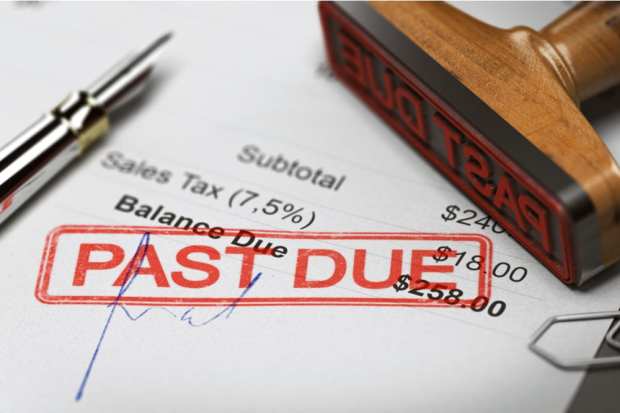Household Debt Exceeds $14T After 2019 Spike

Household debt in the U.S. has reached a 12-year high, rising more than $600 billion last year –the highest since right before the financial crisis more than a decade ago, according to a report by CNBC.
In 2019, balances surpassed $14 trillion for the first time. The last time there was that much of an increase was in 2007, when debt topped $1 trillion. The growth was mainly driven by mortgage debt balances, which went up $433 billion – again, the largest gain since 2007.
Housing debt now makes up $9.95 billion of the entire balance. Auto loan and credit card debt both went up $57 billion on the year. Credit card debt has again surpassed student loans as the form of debt most affecting young people.
“The data also shows that transitions into delinquency among credit card borrowers have steadily risen since 2016, notably among younger borrowers,” said Wilbert Van Der Klaauw, senior vice president at the New York Fed.
Originations for mortgages was at $752 billion in Q4, which is the highest jump in a quarter since 2005, but it was mainly due to more refinancing activity.
In related news, a recent study by Zillow showed that the most common obstacles faced by new homebuyers are medical debt and student loans.
“When we focus on low unemployment and the strong economy, we often forget that in many ways, the rising costs of life can erode most of those gains,” Skylar Olsen, Zillow’s director of economic research, said in a press release. “Healthcare has never been more expensive. Getting a college degree, a path more likely to lead to economic success for those able to get through it, has never been more expensive. U.S. housing values and rents have never been more expensive. While incomes, both at the high and low end, are growing, the pace hasn’t kept up with those crucial life expenses.”
